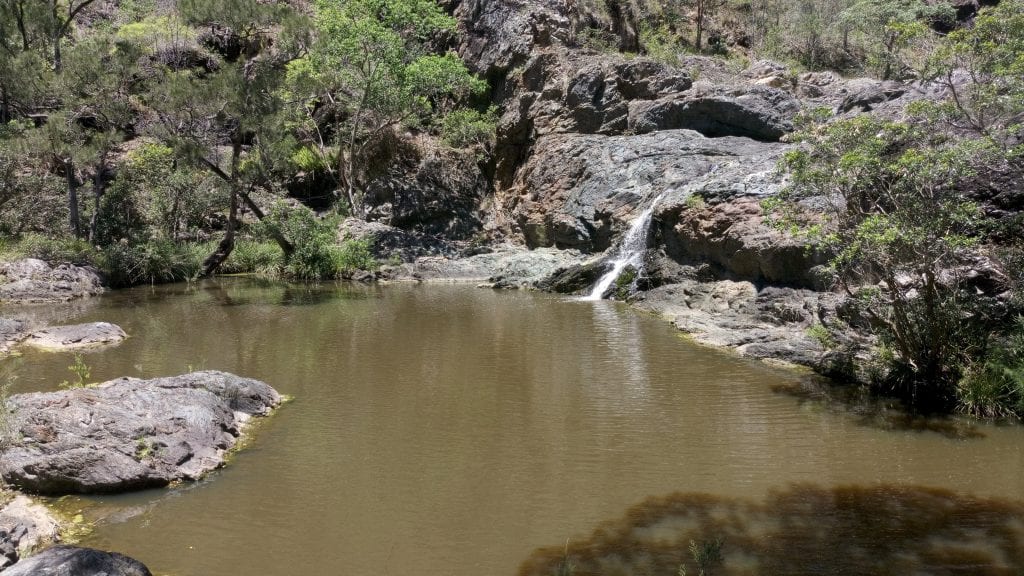National Parks, State Forests
Worth Protecting? Field Surveys Can Help
NPAQ, in conjunction with the Queensland Parks and Wildlife Service, awarded Protect the Bush Alliance (PTBA) the inaugural 2018/2019 Jim Cuthbertson grant to help fund surveys of selected high conservation value state forests to consider if better protection is warranted.
The survey work was undertaken in Yabba State Forest, Presho State Forest, and Belington Hut State Forest; Eungella National Park and surrounds were also surveyed.
The work involved 35 people surveying flora and fauna over a total of 162 days. The findings demonstrate the vulnerability and value in protecting the biodiversity of these areas.
Yabba State Forest
Yabba State Forest has a diverse range of habitats including remnant forest that may never have been burnt. This area is an important link between Wrattens National Park and Conondale National Park.
Extensive flora and fauna surveys identified 80 bird species, 10 mammals, 8 microbats, and 132 native plant species including the Vulnerable Glossy Black Cockatoos, Black-Breasted Button Quails, cycads, orchids and Brush Sophora.
The species diversity, threatened species habitat, and proximity within a State significant biodiversity corridor complete a compelling argument to transition this area to national park. Support for transition this area to national park has been obtained from both the former and current Environment Minister.
Presho State Forest and Belington Hut State Forest
These state forests link Blackdown Tablelands National Park, Humboldt National Park and Expedition National Park and include important woodland ecosystems. The landscape was very dry and large parts were burnt in the 2019/20 summer. The avian diversity and abundance was lower than expected, most likely due to the dry conditions.
Bird species identified included four species of Honeyeater, two Lorikeets, and two Finches.
Belington Hut State Forest also houses one of the largest colonies of flying foxes in Australia (about 900,000 individuals).
Eungella National Park and Surrounds
The survey of Eungella National Park and surrounds found that the Eungella Honeyeater was not present at woodland sites, despite past records, and that populations were variable across rainforest sites. The variation indicates that habitat quality and availability of nectar sources impact the habitat range of this species.
Severe drought and climate change impacts to the flowering season and associated nectar availability are affecting the habitat range of this species in the area.
Other species identified during the survey work included Platypus, Swamp Wallabys, Brush-Tailed Possum, Eungella Broad-tailed Gecko, Great Barred Frog, 96 bird species, and about100 native plant species.
The work in Eungella National Park and surrounding areas was conducted as a collaboration between Birdlife Mackay, Birdlife Southern Queensland and PTBA with support from the Australian Birdlife Environment Foundation.
The survey also coincided with Eungella Bird Week that was convened to support citizen science monitoring in areas of high conservation value.
Follow up survey work, associated with this wet season, is expected to identify many more species at all sites. Protect the Bush Alliance also plan to survey Durikai State Forest.
Further information about PTBA can be found at www.ptba.net.au.


